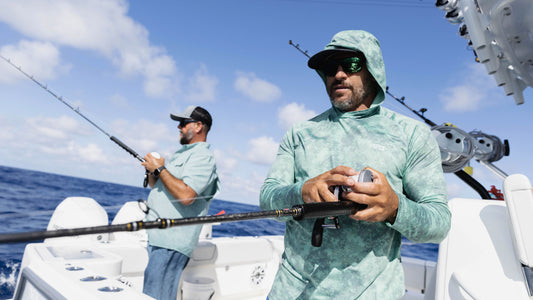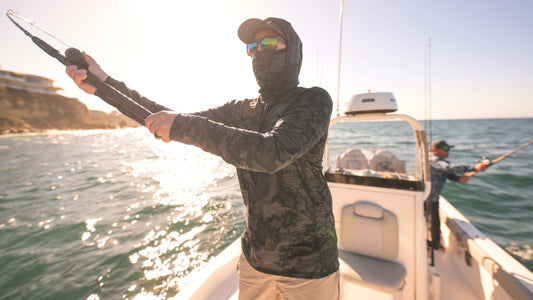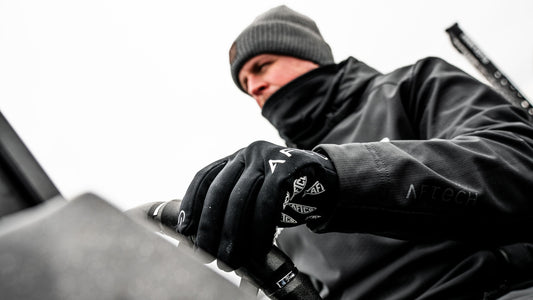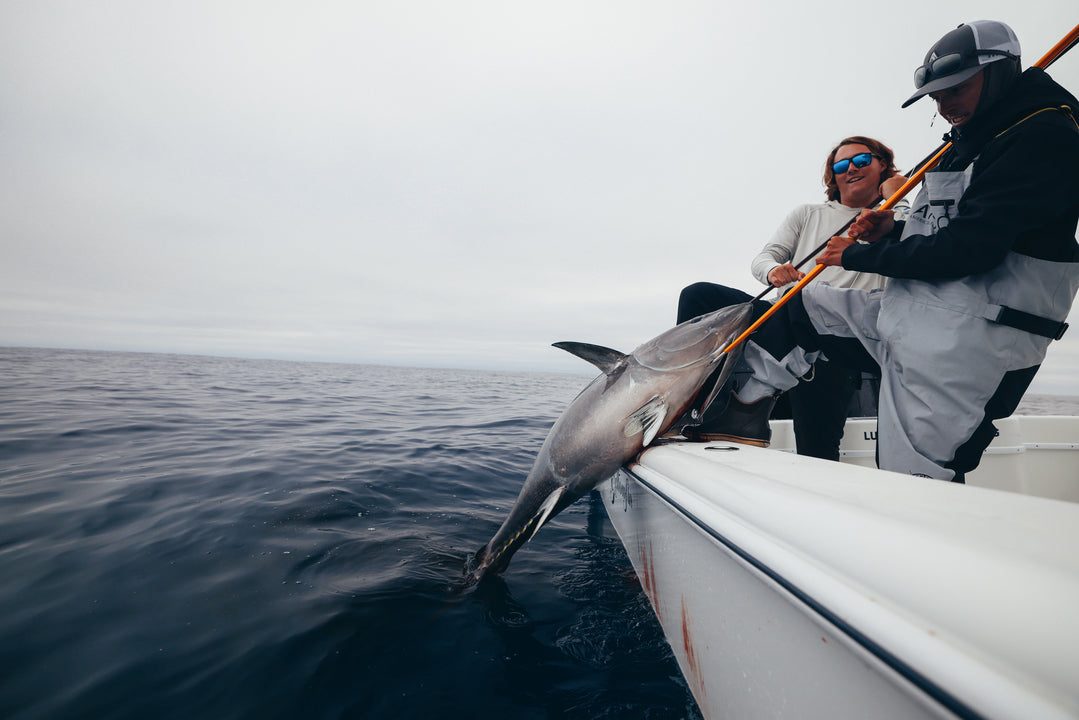
How to Choose a Gaff
AFTCO has been handcrafting top-quality fishing gaffs for decades. These gaffs can be found on boats around the world due to their unmatched durability, functionality, and thoughtful design.
When selecting an AFTCO gaff, there are a few key considerations to ensure you choose the best model for your fishing application.
Gaff Length
AFTCO offers aluminum and fiberglass gaffs in 3’, 4’, 6’, and 8’ lengths. The ideal length depends largely on the size of your vessel:
- Small skiffs & kayaks: 2' to 4' gaffs work well since fish are gaffed at close range. Longer gaffs can be tough to store and wield.
- Medium skiffs & boats (18' to 30’): 4' to 6' gaffs allow reaching fish from mid-gunnels. 6' is versatile for smaller tuna, dorado, halibut and more.
- Large fishing boats (30' to 50'+): 6' to 8' gaffs enable reaching fish from lower gunnels and high bows. An 8' gaff provides extra reach when needed.
- It is always a good idea to have two gaff lengths on your boat. A shorter one for gaffing fish from the stern and a longer gaff for gaffing from the bow.
Hook Size
Hook gap sizes range from 2” to 5”. Matching the gaff hook size to common catch helps ensure solid hook sets:
- Fish under 50 lbs: 2" to 3" hooks sufficiently gaff most smaller sport fish.
- Larger fish: 3" to 4" hooks better withstand brute strength of 50+ lb fish.
- Huge fish (Swordfish, giant tuna, jumbo cobia): 4" to 5" hooks deeply penetrate and control these powerful giants.
Slim species like dorado rarely need more than a 2" gap. Using too large a hook risks reduced penetration.
Handle Material
AFTCO gaff handles come in aluminum or fiberglass. Both feature AFTCO’s tapered design and exclusive wedge-lock hook assembly for unmatched strength and security.
Aluminum: AFTCO's iconic gold and black anodized aluminum handles provide the ultimate strength and durability. The lightweight swaged construction makes them powerful yet easy to wield.
Fiberglass: Epoxy fiberglass models shave off about 20% of the weight for increased flexibility. Textured tuna cord wraps provide unbeatable grip, even with slippery hands. Plus, the 6’ and 8’ fiberglass gaffs float if dropped overboard.

Specialized Gaffs
In addition to standard gaff models, AFTCO offers specialized gaffs for offshore trophy fishing:
Flying Gaffs: Flying gaffs are designed for safely controlling super-sized fish like giant tuna and marlin once boatside. Hook sizes range from 4” to 13” for species weighing 200+ lbs. Select hook width equaling about 1/3 to 1/2 the fish's body diameter for solid hook sets. The 6’ gaff fits the 5”-13” hook while the 8’ gaff fits the 4” hook. Also at these lengths the gaffs are IGFA compliant.
Giant Gaffs: AFTCO also carries an XXL 5" gap hook on a 6’ Aluminum handle, specifically built to target giant tuna, swordfish, and shark with confidence. The deep hook penetration and padded handle provide unmatched control when battling powerful giants boatside.
Key AFTCO Gaff Advantages
All AFTCO gaffs incorporate special features that set them apart from standard gaffs on the market:
- Tapered heads slice smoothly through water for quick, accurate hook sets.
- Exclusive wedge lock assemblies prevent hook twisting or pullouts during battle.
- Textured grip handles provide slip-resistance with wet, slimy hands.
- Premium materials and sturdy forged steel hooks withstand years of battle with the sea's toughest fighters.
With a variety of sizes and styles to choose from, AFTCO has a gaff specially designed for targeting your favorite offshore species. Selecting the right length, hook size and handle construction will allow you to gaff and capture fish with confidence.
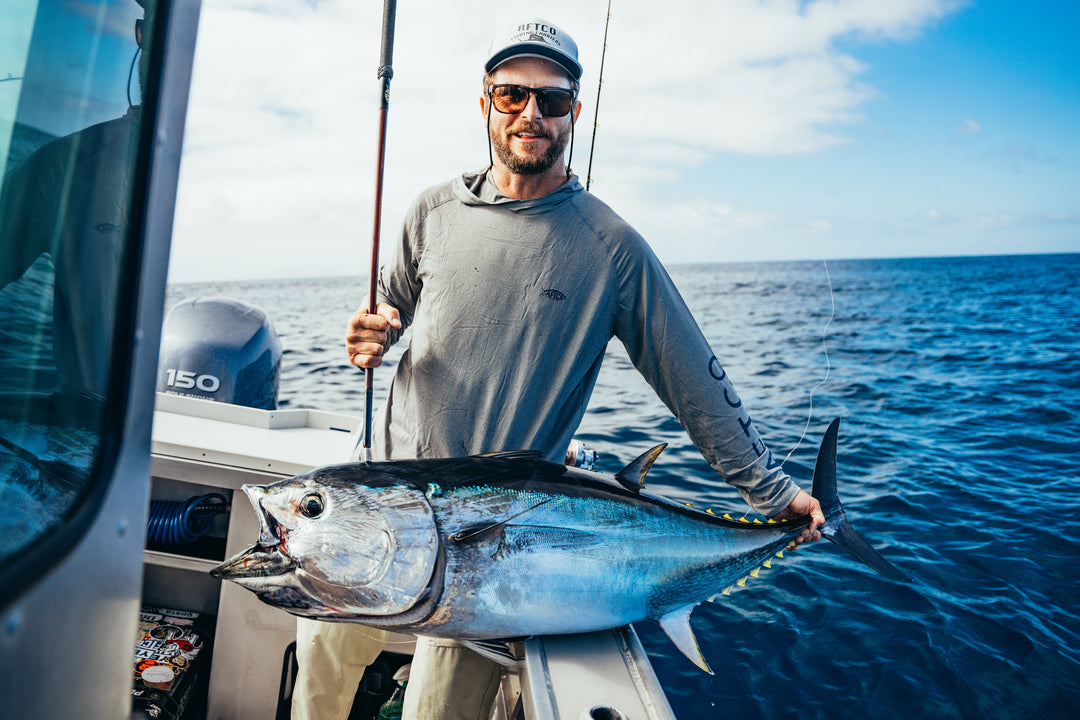
Tips for Gaffing Your First Catch
When battling a giant game fish, proper gaffing technique is critical for bringing your catch boatside. AFTCO pro staffer Greg Stotesbury shares his tips for flawlessly gaffing fish once they’re alongside your vessel.
Tips For Gaff Placement
- Though eye-catching, avoid head shots as gaff hooks can easily tear free from boney skulls. Instead, target the thick, meaty tissue behind the dorsal fin and forward of the tail along the back and topside. This area features tough skin covering dense muscles that securely hold gaff prongs.
- As fish circle the boat, wait until they roll sideward exposing their backs before striking. Reaching over leaders risks severing connections to hard-earned trophies.
- Let tired fish commit to final turns before gaffing to prevent dangerous twisting against the hook. Consider idling forward to “lead” fish into better gaffing position.
- Following these best practices for gaffing fish guarantees you’ll close out more exciting battles with a picture-worthy ending.
- Let tired fish commit to final turns before gaffing to prevent dangerous twisting against the hook. Consider idling forward to “lead” fish into better gaffing position.
Author's Profile: Coty Perry
As a third- generation angler and the Managing Editor of Anglers, he possesses a wealth of knowledge and experience in outdoor activities. He frequently enjoys fishing and camping outings with his wife and children.

